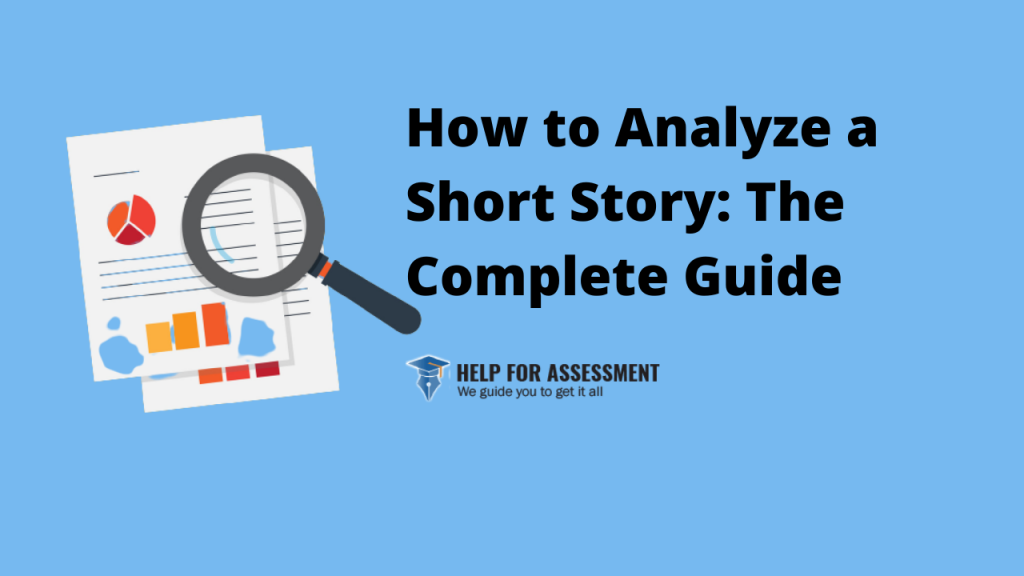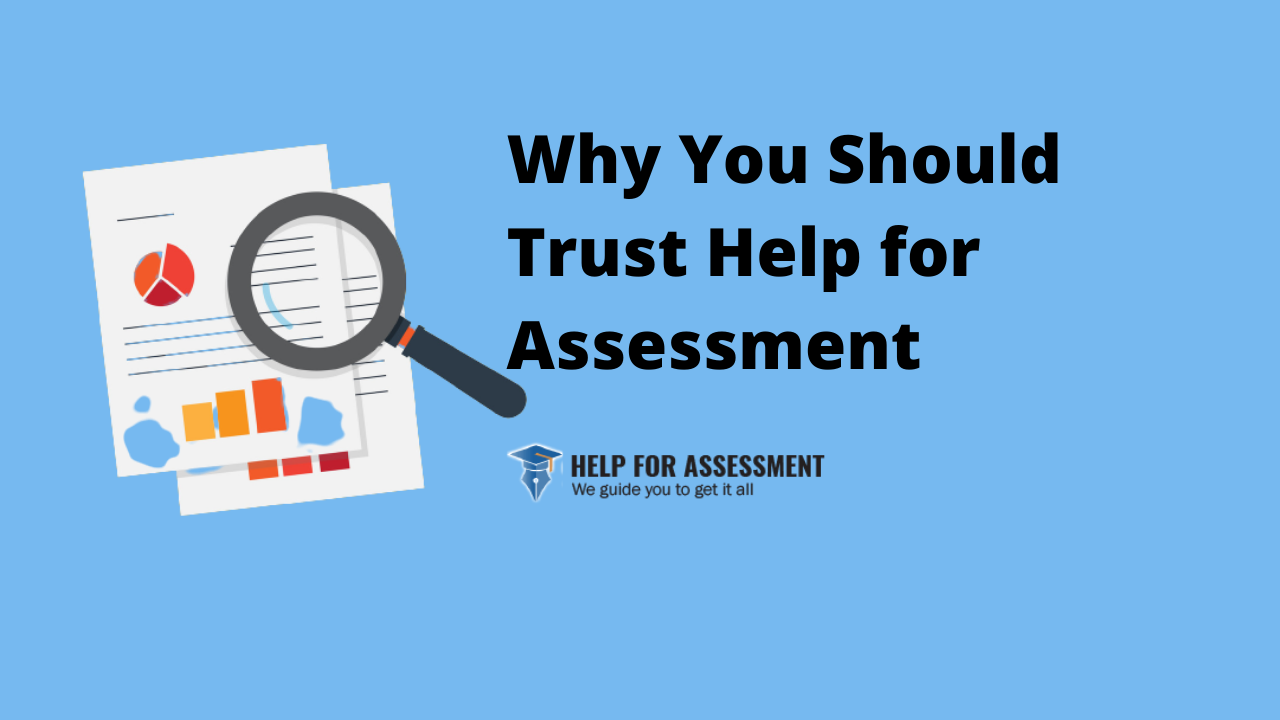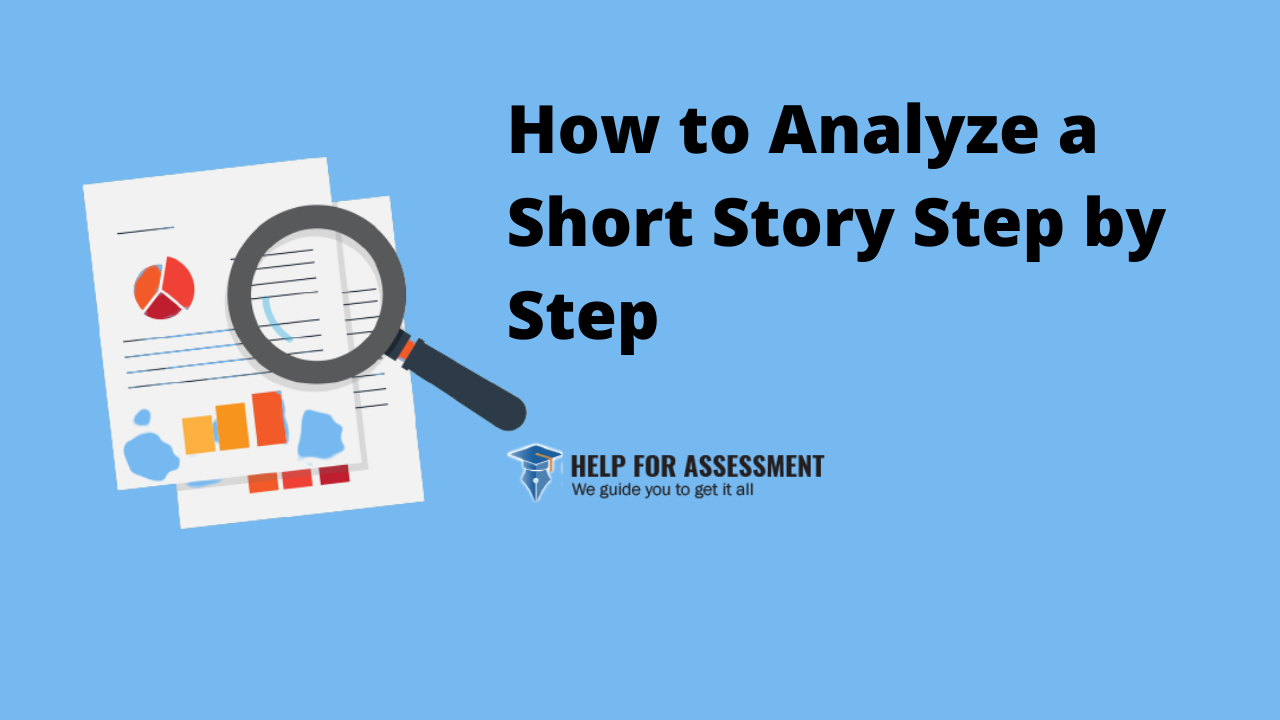So your instructor has asked you to analyze a short story and deliver your analysis in three days.
For a moment, that looks like an enough time to complete the assignment, but then you take a minute to look at the assignment and then you go blank. You don’t know where to start. Not to mention how to pull the assignment off.
Don’t worry.
In this guide, we’ll teach you how to analyze a short story, step-by-step. It doesn’t matter if you’re new to analyzing stories, you have a short deadline, or the assignment looks complicated. We’ll give you the right lead so that you can handle assignment even within a very strict deadline.
Why You Should Trust Us
Help for Assessment is the right platform to learn how to analyze a short story for a number of reasons.
First, we’ve written hundreds of short and long story analysis in the last five years. We know what should go into this type of an assignment and what shouldn’t.
Second, we’ve helped hundreds of students come up with comprehensive story analysis, which they would have found difficult to do otherwise.
Lastly, we tell you everything you need to know about analyzing stories. In other words, we’re not holding back anything from you in this guide.
So you can read it knowing that by the time you get to the conclusion, analyzing a short story of any complexity will be very easy thereafter.
What You Will Learn in this Guide
Since this is a step-by-step guide to analyzing a short story, we’ll tell you everything you need to know so that you can:
- Analyze a short story as you read
- Put your findings in the right essay structure and
- Edit your work ready for submission
In other words, if you need a complete guide written by academic professionals, this is the only material you’ll ever need.
How to Analyze a Short Story
Step 1: Read the Story Carefully
The first step to analyzing a story is to read it carefully.
You do this not only to understand what’s going on but also to give the right criticism, which can be either positive or negative – or a mix of both.
It’s best to read the story with an open mind so that you can construct your own views regardless of what you think about the author of the story.
Step 2: Analyze the Story
The number one rule to analyzing a short story is to remember that there’s no right or wrong criticism.
Because, as long as you know the elements of a story and you can back up your view with strong evidence, you can still earn good grades even if your thoughts contravene your teacher or author’s point of view.
Begin by analyzing the story’s plot to get a clear picture of the series of events that take place. Identify the most significant events in the plot and note down why you think they’re important.
Determine if the plotline is even realistic to begin with. Find out if the story features internal and external conflicts or both. And the most important lessons of the story.
Second, look at the characters in the story.
- Based on what you’ve read in the story, can you tell who the protagonist is?
- Does the author effectively explain the attributes of the main character?
- Do characters change in the story?
- If there are minor characters, what role do they play and how well do they do that?
Third, analyze the setting of the story. It should be easy for a short story because authors often set them in single locations and within a specific period.
Find out how the writer describes the settings of the events that unfold in the story. Note when the events take place; it can be in the present, past, future, or all here. Then, analyze the whole setting and determine its role in the short story.
Fourth, look for apparent as well as obscure themes from the story to get a clear picture of the message the author is trying to communicate so you know exactly what to explore in your analysis.
Fifth, don’t just look for obvious and hidden themes. Look into the point of view of the story to get even more insights to include in your analysis.
But don’t just stick to the authors mindset in this case. Remember, your analysis should be critical. So don’t hesitate to question how the story would be if narrated from a different point of view.
Lastly, look at the author’s writing style and tone in the story. If they’ve used an object in the story, then what is it? Is their writing tone humorous, sentimental, or sarcastic? And do you think the story would come out better if the author used a different writing style?
Step 3: Put Your Analysis into an A+ Essay
By now, you have all the information you need to write an A+ analysis for the short story.
From academic writers’ point of view, there are two important rules to keep in mind if you seriously want to analyze the short story properly:
- Pay attention to the set question and
- Remember that your points of view can be valid only if you back them with concrete evidence
Next, divide your write up into three parts: an introduction, main body, and a conclusion. Read our college paper outline to learn more about formatting your essay.
Your introduction should be interesting to read and spike an interesting in reading the next subsequent paragraphs. Remember to include a background story and a thesis statement a short as two sentences long.
On to the body section, you have to make a solid case for every idea in the story you’re analyzing. Like we’ve stated repeatedly, each paragraph in the body section should focus on one idea and clearly show strong, objective evidence for support or proof. Since you’re analyzing a short story, you should:
- Use evidence and quotes from the short story and don’t hesitate to use external references where appropriate
- Your language should be clear and concise, with no instance of repetition or inclusion of irrelevant materials
- The essay should reflect a counterarguments to provide a good balance
- As you analyze the story, make sure you maintain a clear focus on the main question asked
With the introduction and main body covered, the conclusion shouldn’t be hard to put together. Simply tie everything you have written together. Then, sum up your response to the question asked in the prompt.



